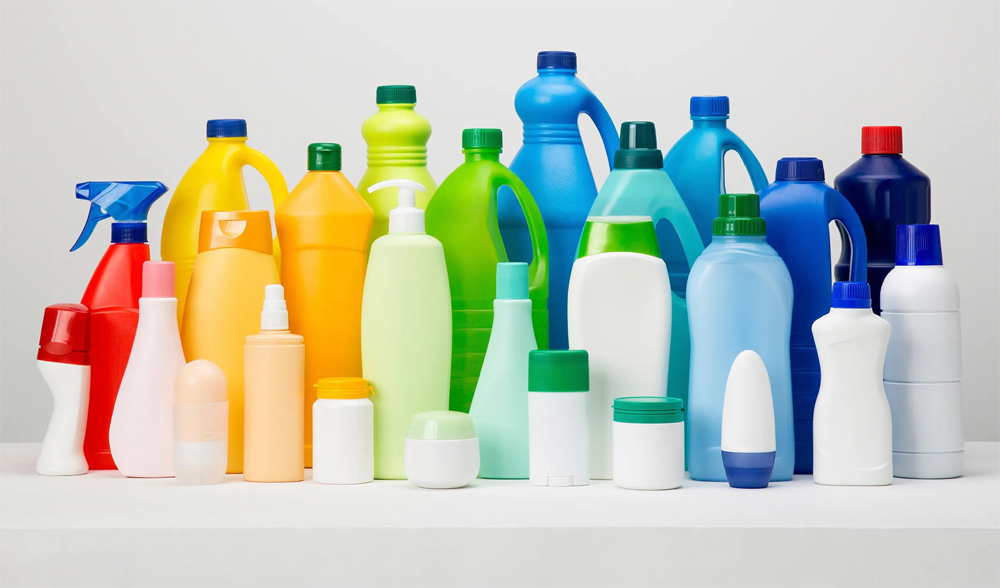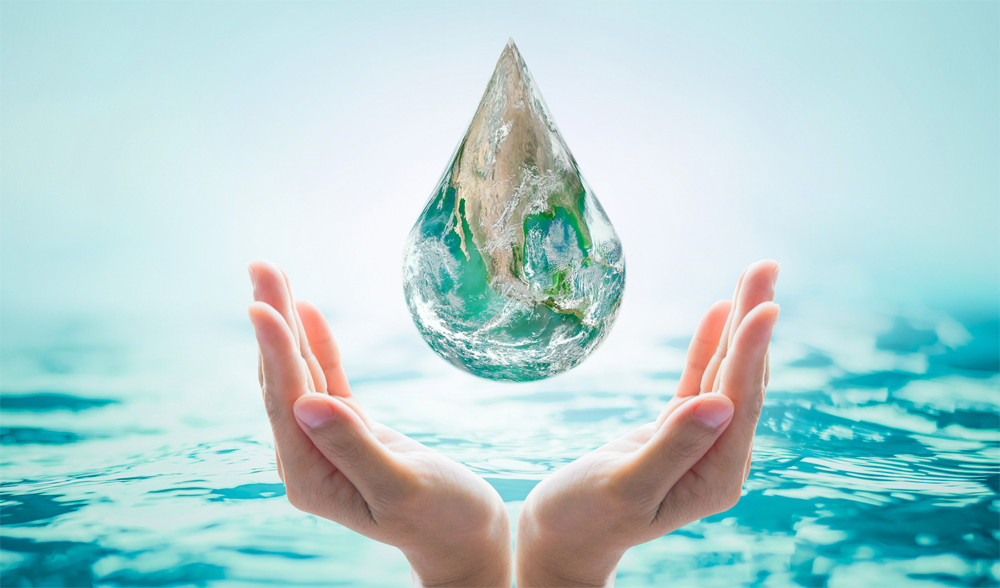
In today's society, there is an increasing recognition of the detrimental additives present in our food and household products. While we diligently monitor the chemicals and detergents used in our bathrooms and kitchens, we often overlook the laundry room. Have you ever pondered the environmental effects of laundry detergents? Is there a sustainable substitute for conventional detergents?
The environmental impact of laundry detergent can be divided into two aspects. Firstly, there are the chemical effects, and secondly, there is the long-term impact associated with their plastic packaging.
Laundry detergent extends beyond being a mere cleansing soap, encompassing a wide array of harmful chemicals that significantly affect our environment. Among the most concerning ones are:
Phosphates – It is associated with cardiovascular (heart) disease and osteoporosis, making it detrimental to human health. Moreover, when these toxins are released into wastewater during the washing process, they pose a significant threat to the marine environment.
Bleach – Frequently employed for whitening whites, this substance emits toxic fumes that can lead to respiratory distress. Furthermore, direct contact with the skin and eyes can result in caustic burns.
Formaldehyde - Commonly recognized for its role in the preservation of deceased bodies, this toxic ingredient has been classified by the EPA as a class B1 probable carcinogen. This classification indicates that it has been associated with an elevated risk of cancer.
Ammonium Sulfate and Ammonium Quaternary Sanitizers are harsh cleansing agents known for their corrosive and toxic properties. Even with minimal exposure, they can cause damage to the eyes, skin, and lungs.
Dioxane (1,4 Dioxane/Diethylene Dioxide/Diethylene Ether/Dioxane) is undeniably one of the most concerning additives. It is not only a carcinogen but also carries the risk of combustion. Exposure to this toxin can result in harm to various bodily organs and functions, including the kidneys, lungs, central nervous system, eyes, skin, and respiratory system.
In the United States alone, approximately 1 billion plastic detergent jugs are bought each year, yet only 10% of them are effectively recycled. Consequently, the question arises: where does all this waste go? Regrettably, a significant portion often finds its way into landfills, where detergent residues seep into the soil while the plastic persists for centuries. This impact stands as one of the most harmful and distressing consequences of detergent usage on the environment.
Now, let's delve deeper into the effects of these chemicals and packaging on various environmental components.
The discharge of laundry detergent containing phosphates leads to the formation of algal blooms, depriving aquatic life of oxygen. The very same chemical compounds that can cause skin burns, cancer, or hormonal disruptions also impact marine life. This unnecessary cruelty not only harms marine organisms but also disrupts the functioning of essential ecosystems that we depend on.
The synthetic surfactants present in laundry detergent diminish the surface tension of water, rendering it vulnerable to pollutants like car exhaust and pesticides. This exacerbates the impact on aquatic environments and creates additional challenges for marine animals striving to thrive in these habitats.
When considering the cumulative effects, including plastic waste, it becomes evident that laundry detergent, while effectively cleaning your laundry, is significantly harming our environment.

If you were anticipating a straightforward solution like avoiding pods or powder, I'm afraid it's not that simple. Despite differences in their delivery methods, the chemical composition of laundry detergents is often quite similar. When determining the environmental impact of a detergent, several factors need to be taken into account to determine which type is the most or least harmful.
Liquid detergent is widely regarded as one of the most problematic options, not primarily due to its ingredients, but because it is typically packaged in robust plastic bottles. Despite claims of being recyclable, these bottles are rarely recycled in practice. As a result, billions of detergent jugs worldwide end up polluting our oceans, waterways, and landfills each year.
In addition, the majority of liquid detergents are excessively diluted with water. This not only results in a wasteful consumption of water but also contributes to a larger carbon footprint due to the increased weight during transportation and distribution.
Beware of the deceptive packaging—while it may be a cardboard box, it conceals a plastic scoop and an assortment of harmful ingredients. Powdered detergents have a notorious reputation for leaving persistent stains on dark clothing. Just like liquid detergents, powders have the potential to create a considerable mess in your laundry room. Accidental spills can seep into every crevice on the floor, making cleanup a cumbersome task.
While convenient and mess-free, it is disheartening to acknowledge that these products remain highly toxic, not only for the environment but also for other reasons. Alarmingly, reports indicate that between 2012 and 2013, poison control centers recorded over 7,000 instances of young children consuming laundry pods, and by 2017, ingestion of Procter & Gamble laundry pods had tragically resulted in six deaths.
This is primarily due to their vibrant colors and enticing fragrances, making them easily mistaken by children as candy. Since laundry pods have a dissolvable casing that can split, they are often stored in plastic tubs to protect them from the moisture in the laundry room environment.
Laundry sheets are a clever and relatively recent alternative in the realm of laundry detergents. Fortunately, the majority of available laundry sheets prioritize eco-friendliness by utilizing biodegradable and plant-derived ingredients. Moreover, these sheets require minimal packaging and can be stored in cardboard. However, it is worth mentioning that certain brands may incorporate filler ingredients like starches, which can accumulate in your washing machine over time.

If crafting your own detergent using natural components like borax, washing soda, and essential oils isn't appealing to you, how can you avoid toxins, plastics, and safeguard the environment?
The best solution is to choose a truly environmentally friendly laundry method. Ozone laundry can truly realize eco washing. The ozonated water formed by injecting ozone gas into tap water ensures the original powerful bactericidal effect of ozone. Even if it cannot completely replace detergents, the use of ozone can significantly reduce the need for traditional chemical detergents. Contact Us today to find out what difference our Eco Ozone Laundry System can make to your daily laundry routine.

Green Land Yinghai International Building B,
Baohe District, Hefei,
Anhui, China, 230002
© O₃ Eco Laundry 2023 | Sitemap | Privacy Policy | Terms of Service